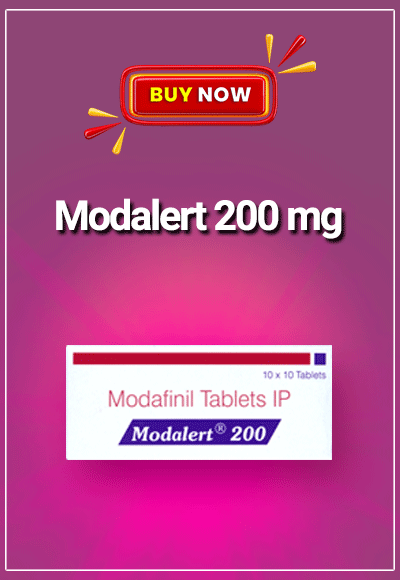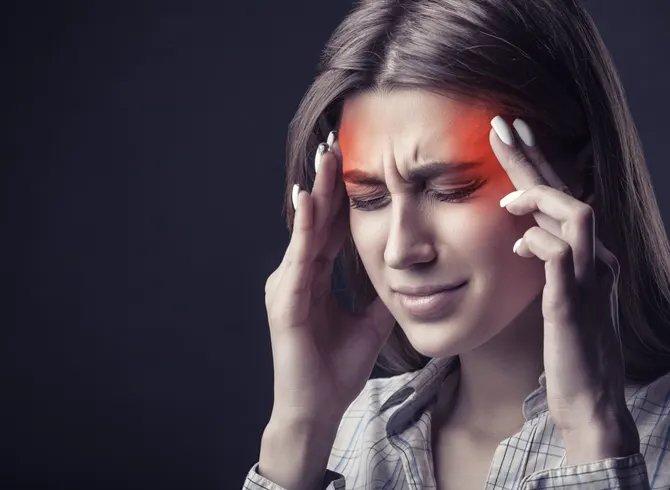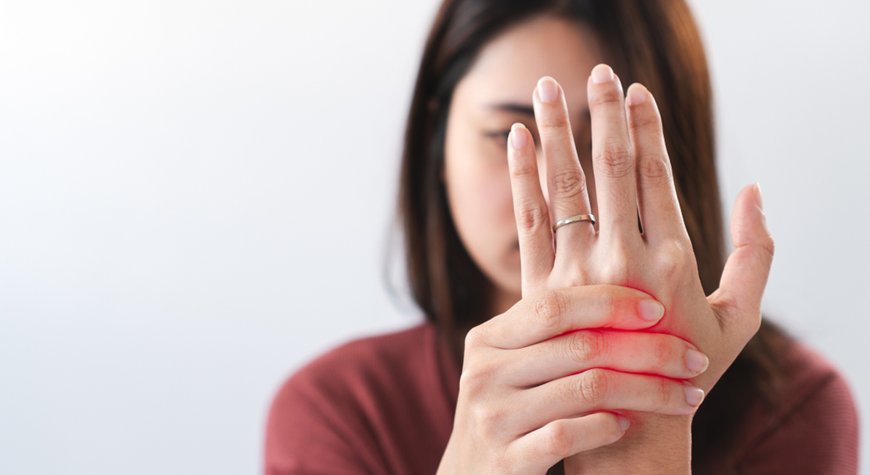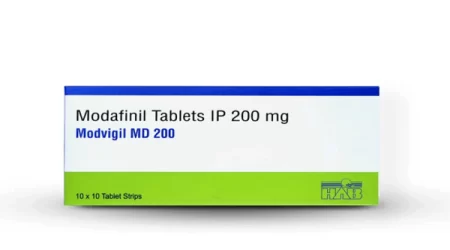All you need to know about headaches
Headaches are something that everyone experiences. It is such a common thing that it is smoothly ignored every single time. Have you wondered if there are different types of headaches and similarly different ways to treat them? We all get different kinds of headaches, and most people treat them by taking medicines, drinking more water, getting more rest, or just waiting for them to go away on their own. Still, headaches can be painful and hard to deal with, and occasionally people worry that they could be caused by something worse. In reality, most headaches hurt, but they don’t do much damage over time.
The World Health Organization (WHO) says that headaches are one of the most common health problems. Even though they can occasionally be unpleasant and make it hard to move, most are easy to treat with painkillers and go away in a few hours. But headaches that happen often or in a certain way could be a sign of a more serious health problem. WHO has classified 150 different types of headaches. Yes, you heard me! 150 types of headaches. We never really paid attention to it, did we? However primary and secondary classification is the main division.
A primary headache is the condition itself and is not caused by any other health problem. A secondary headache is due to a primary health condition like a head injury or caffeine withdrawal.
There are many varieties of headaches. Some more frequent ones are migraines, tension headaches, and cluster headaches. To rule out other potential causes and get guidance on how to treat them, you should contact a doctor if any of these headaches last more than four days.
Let us explore the different types of headaches, their causes, and the possible treatment options. We will start with the primary headaches.
- Tension Headaches:
To rule out other potential causes and get guidance on how to treat them, you should contact a doctor if any of these headaches last more than four days. However, it is a fact that they do not interfere with sleep and usually go away after getting enough rest.
It is the least in the morning. However, it worsens as the day passes. Most tension headaches are symmetrical, meaning they hurt on both sides of the head, but commonly the front. Pressure headaches are a common name for them. They can make it hard to work or focus, but usually not enough to make you go to sleep.

Causes:
- Tiredness
- Stress
- Tightness in the muscles of the back and the neck.
- Consumption of too much caffeine or alcohol
- Awkward sleeping position
- Dehydration
- Loud noise
- Skipped meals
- Eye strains
Treatment:
Painkillers are one thing that can relieve pain, but it is not a reliable method. As I said, this headache is cured easily after proper rest and relaxation. So try to rest efficiently, and you are good to go. If you want to get rid of tension headaches, you can also try yoga or acupuncture. Getting enough sleep is another way to stop them, and if they keep happening, you should see a doctor.
You can interact with your doctor and know the benefits of buying MODAFRESH 200MG
- Migraine
Everyone is aware of this type, which is also a common headache. Migraines affect a large percentage of the population. Only one side of the head hurts very badly and throbs. But that’s not the case. It is extremely painful because it constitutes a pre-headache pain where you feel moody and slight pain. After that, the aura flashes of big lights and loud noises initiate the throbbing pain. And then, right there, you are just waiting for the pain to subside.
Migraines are the most likely cause of headaches that make you feel unwell. Migraines are often so bad that they make it hard to do anything. Some headache sufferers need to get some sleep in order to recover.
Causes
The medical team has not fully understood the causes of migraine. However, it is mostly due to some underlying issue that runs in the family. These headaches may be caused by changes in the brain stem or by an imbalance of brain chemicals like serotonin, which helps control pain.

Treatment
- Proper rest
- Placing an ice pack or a cold cloth on the forehead
- Drinking water
- Painkillers like paracetamol and Ibuprofen
- Cluster headaches
This is a very severe type of headache often called a “suicide headache” They happen in groups, sometimes every day for days or weeks. Then they don’t come back for months. They are rare and usually only happen to adult men who smoke. People generally experience up to 8 attacks a day. They usually occur on one side. The sufferers often complain of having a red, watery eye on the affected side and a loopy eyelid.
Causes
The causes of cluster headaches are unclear. They occur mostly in smokers. People should avoid drinking alcohol and smoking during the attack phases.
Treatment
You may have to consult your doctor for treatment. The attacks’ intensity and frequency are primarily reduced by:
- Oxygen therapy
- Doses of Sumatriptan
- Verapamil, Steroids, Melatonin, and Lithium
- Chronic Daily Headache
Persistent daily headaches, also known as chronic tension headaches, are frequently brought on by tense neck muscles. Women experience chronic daily headaches more frequently than men do. Stress and tension are generally to blame. The length of the duration is the sole difference. A headache that occurs practically every day for at least six months is considered persistent.
Treatment
The best way to manage this kind of headache is with physiotherapy rather than pills and sometimes antidepressants. If you have a daily headache that doesn’t go away, try to discover a calming and fun activity. You can also obtain aid from a specialist to get rid of this problem.
- Primary Stabbing headache
They are sometimes called ice-pick headaches and idiopathic headaches. “Idiopathic” refers to something without a cause. These are strong, abrupt, and short-lived headaches. They can happen at any time of day or night and feel like an ice pick is stabbed into your skull for anywhere from five seconds to thirty seconds. They typically manifest in or behind the ear and can cause much anxiety.
Headache prevention methods may help to cure this type of headache.
- Trigeminal Neuralgia
It affects the face. A sudden electric shock-like discomfort in the face, particularly in the jaws, scalp, forehead, eyes, and/or lips, is also a peculiar fact. Moreover, it is located on one side and is suffered by people who are typically older than 50. Women experience this strange headache more frequently than men do.
Cause
It is hereditary and that means you might acquire it if your family member has it.
Treatment
- Preventive medications can aid with treatment.
- Apply, heat, cold, and pressure on the affected part.
- Dietary modifications
- Yoga, meditation
Secondary headaches
- Drugs, substance withdrawal
Headaches can be caused due to consuming some substances like drinking alcohol (which typically results in a headache the next day) and dehydration (dehydration). The most prevalent secondary headache causes are medication overuse headaches.
Treatment
Withdrawal headache is caused when a person stops taking medicines or substances that they otherwise used to take. So reducing the dose may be a safer option.
- Exertional Headache/ sexual
Exertional headaches can be traced back to exercise that is too taxing on the body.
They can rapidly worsen following exertion, including jogging, coughing, sexual activity, or bowel straining. Headaches caused by effort are usually not harmful. Migraine sufferers and those with a family history of migraines are more likely to encounter these symptoms.
Sexual and exertional headaches are typically not alarming symptoms. However, very rare occasions prove to be unhealthy. Headaches related to sex worry users. They usually begin before, during, or after sex. Headache during an orgasm is also common. They are usually severe, behind the eyes, at the back of the head.
Treatment
Treatment for exertional headaches includes a visit to the doctor for help. The medications include
- Beta-blockers like propranolol
- Indomethacin
- Sinus headaches
Sinus headaches are brought on by sinusitis, an infection of the sinuses. Infections and allergies are frequent reasons.
A dull, throbbing discomfort surrounds the eyes, cheeks, and forehead. A typical sign is a pain in the jaw and teeth, which can be aggravated by exertion or physical activity.
Treatment
Sinusitis usually goes away in 2 weeks. The treatment remedies include:
- Rest
- Drinking water frequently
- Treated with antibiotics if a doctor determines that an infection is bacterial
- Trauma-related headaches.
It results from severe bodily injury. Emotional stress is another factor that might contribute to it. People in car accidents or who have suffered previous head trauma sometimes suffer from post-traumatic headaches. They can occur daily and last up to 12 months.

Treatment
To treat these forms of headaches, doctors provide medicines like Tylenol or Advil. If the pain is severe, your doctor might advise having surgery to relieve it.
- Hangover headache
If you are frequently consuming alcohol, then you may have a throbbing pain in the head. Its severity depends on the quantity of alcohol consumed. The sensitivity to loud noises and bright light is more common in heavy drinkers.
Treatment
No treatment exists for a hangover. Yet, by consuming foods that are high in sugar and consuming lots of water. Over-the-counter medicines could help halt or lessen the headache.
- Drinking in moderation
- Not to drink on an empty stomach
- Drinking enough water.
- Menstrual Headaches
These are brought due by hormonal changes in the body. These typically take place during the luteal phase of the menstrual cycle, between days 6 and 20.
Treatment
To treat this type of headache, try using Ibuprofen, Tylenol, or Naproxen. To feel better, you should also obtain a good night’s sleep.
Conclusion
Although they can be painful, headaches can also signal more significant health issues. Even though not all headaches are significant, seeing a doctor when you need to is crucial. Don’t forget to see a doctor if you have new headache symptoms or are coming back more than once a month.











